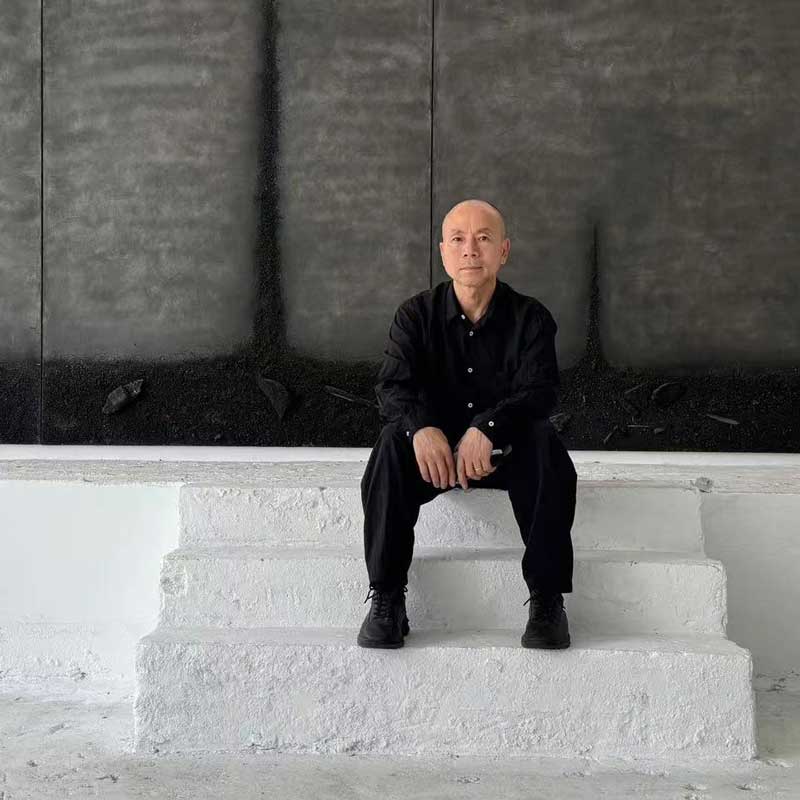1968年出生于浙江省台州市,先后就读于北京中央工艺美术学院(现清华大学美术学院)、日本东京艺术大学获博士学位,布里诗画廊代理的首位中国艺术家。
梅法钗开展绘画、陶艺、雕塑等多种媒介的艺术创作,特别是在装置艺术创作上不遗余力。他的作品关注文化记忆与生命经历,重在个体对社会及其众生的敏锐性表达,他的作品构成的场域深含历史哲思与人文关怀,述说着人文的脆弱,参透寂灭的意蕴。梅法钗的创作具有后现代主义的移植与挪用的特征,这是他以艺术的转化方式来展示他对传统、对焦炭物质媒介的多维的思考、认知和处理,但这种处理不是要把意义强加在物品身上,而要体现在历史与当代、人与物的具体生活情境的关系之中。他以低物质的视角,通过装置、绘画装置直面并呈现“物质”的非自然状态,并从传统文化资源和个人创作经验中,抽离或剪裁物质的碎片去释怀他对人生的关照情怀。
Born in Taizhou City, Zhejiang Province in 1968, he studied at the Central Academy of Arts and Crafts in Beijing (now the Academy of Fine Arts, Tsinghua University) and obtained a doctorate degree from Tokyo University of the Arts in Japan. He is the first Chinese artist represented by Brise Gallery.
Mei Fachai has carried out artistic creation in various media such as painting, ceramics, sculpture, etc., especially in the creation of installation art. His works focus on cultural memory and life experience, and focus on the individual's sensitive expression of society and its sentient beings. The field formed by his works is deeply imbued with historical philosophy and humanistic care, telling the fragility of humanity and penetrating the meaning of extinction. Mei Fachai's creation has the characteristics of postmodern transplantation and appropriation. This is his way of artistic transformation to show his multi-dimensional thinking, cognition and treatment of tradition and charcoal material media, but this treatment is not to impose meaning on objects, but to be reflected in the relationship between history and contemporary, people and objects in the specific life situations. From a low-material perspective, he directly faces and presents the unnatural state of "matter" through installations and painting installations, and extracts or cuts material fragments from traditional cultural resources and personal creative experience to express his care for life.
作品集 Portfolio:


